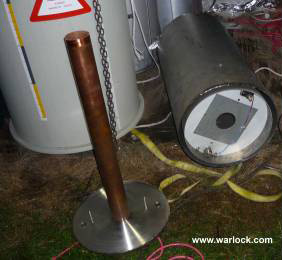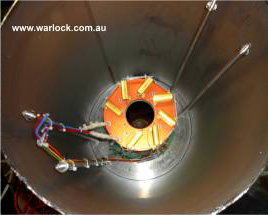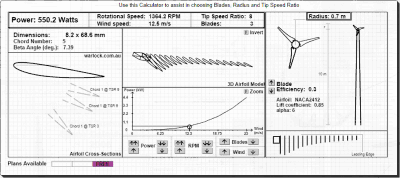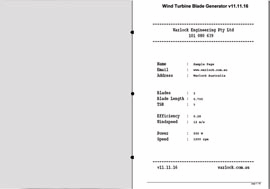





Microwave Chemistry Reactor

Abstract
In the course of investigations into microwave assisted chemical reactions, problems were encountered due to the reaction scale upon which many commercial reactors are currently operating. Obtaining reasonable quantities of material (above 10 g) became laborious and it was also discovered that many solvents with low dielectric absorption were heated due to the ferrite core of the stirrer bar heating up. Design, simulation and testing of a small spherical shaped reactor, suitable for a 250 ml flask size, was constructed and used in ongoing synthetic work. Microwave suppression was incorporated in the top of the sphere, allowing powers of up to 1.5 kW to be used without any microwave leakage. The findings were in agreement with simulated results, which showed that the leakage was below detection (1 mW/cm2) from the top, and the detected 2 mW/cm2 at the junction was reduced to below 1 mW/cm2
Keywords: Chemistry, Microwave, Microwave Chemistry Reactor

| Figure | Page | |
| 1 | Warlock Engineering Applicator Model: MDV2.4 | 2 |
| 2 | Simulation of microwave irradiation of DMF (120ml) | 2 |
| 3 | Warlock Engineering Applicator Model: MDV2.4 | 3 |

LIST OF FIGURES

Reactor Design

Figure 1. Warlock Engineering Applicator Model: MDV2.4
Figure 2. Simulation of microwave irradiation of DMF (120ml).
A number of holes were included so that the reaction could be observed through the side of the sphere and in future development more viewing holes will be included to give the user a clear view of the reaction in progress. Variable power was provided by a 2450MHz, 0 - 700 Watt microwave generator (2m172). Magnetic stirring was achieved by ferrite stirrer beneath the applicator, with a teflon coated follower inside the vessel. Further developments are in progress.




Frequently asked questions about plan orders, blade design, electrical work and generator matching can be found on our Q&A pages.



Figure 3. Warlock Engineering Applicator Model: MDV2.4
A prototype of the microwave setup has been on trial for the preparation of synthetic fragrances. The successful preparation of Calone 1951® has demonstrated this apparatus to be an efficient design for preparative organic chemistry when microwave accelerated synthesis is utilised.


SPONSORED ADVERTISEMENT









Related Publication
1. Microwave assisted synthesis of the fragrant compound Calone 1951. B. Drevermann, A. Lingham, H. Hugel, P. Marriott. Tetrahedron Letters, 2005, 46, 39-41. doi:10.1016/j.tetlet.2004.11.045
Design custom
blades or generate
free chord
sections between
0.7 to 0.8 m.
blades or generate
free chord
sections between
0.7 to 0.8 m.
| Specifications | |
| Frequency | 2450 MHz |
| Power | 1 - 1500 W |
| Load | 250 mL Round Bottom Flask |



Design custom blades for your generator and calculate power output at each wind speed.


Free sample chord sections can be generated for 0.70 m to 0.80 m blades (550 Watts - 710 Watts).


Free plans for 500 W blades with each purchase.


Chemistry Articles





